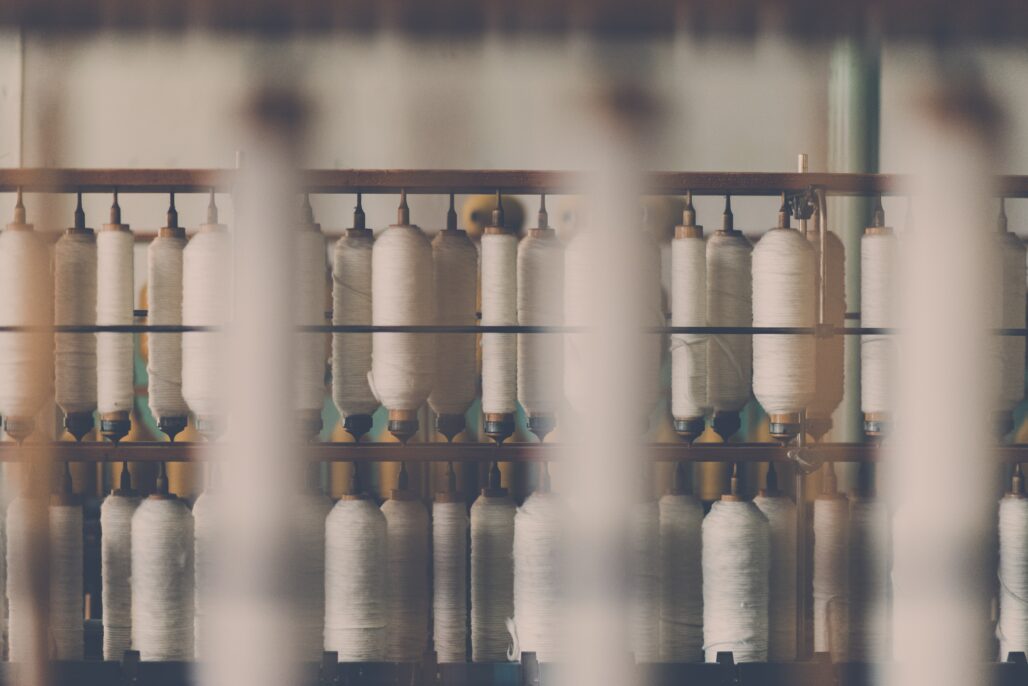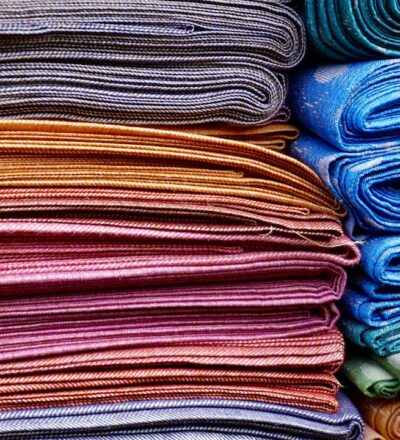Global freshwater availability is under permanent stress. There is a serious need for ‘future-proofing’ the industry with respect to water usage, particularly for the textile industry. After all, dyeing and printing processes require considerable amounts of fresh water and produce large and often very polluted wastewater streams. The EColoRO concept offers a solution that includes reclaiming 70% of the wastewater that can be reused in the textile manufacturing process.
EColoRO
Depending on the local conditions, the current situation is that waste water is treated on-site by the textile company and then discharged to the environment, or it is supplied to the municipal wastewater treatment plant (with or without a pre-treatment by the company).
The Consortium for Electro Coagulation for Water Recycling in the Textile Industry (ECWRTI) has charted the prospects of the innovative EColoRO concept for extensive wastewater re-use in textile industry. It offers a solution to treat the wastewater of textile industry with a minimal use of chemicals and energy. By doing so, nearly 70% of the reclaimed wastewater can be reused in the textile manufacturing process.
Technology
The core of the concept is formed by Electro Coagulation, an additive-free process to remove the majority of all pollutants, colorants and chemicals. It is based upon the release of Fe3+ ions from an iron source by means of a low voltage electrolytic action. The ions coagulate and flocculate with impurities present in the water so that these can be removed by means of sedimentation or flotation. Subsequently, the water is passed through ultrafiltration and reverse osmosis membranes, after which it can be re-used. Pollutants end up in the sludge (from flocculation) and the concentrated brine (from membrane filtration). As a result, EColoRO creates new approaches for water treatment and water management within a factory.

Adopting new technologies
The ECWRTI studies have demonstrated that the EColoRO-concept for re-use of water is broadly applicable in the textile industry. The project has identified the relevant factors determining the technological feasibility at individual sites, which mainly depends on the composition of the wastewater. Implementation, however, is impeded by tailored-made costs-benefit analysis, operational expenses, costs pressure and regulatory requirements that both heavily depend on governmental policies.
Whether a business case can be found for the application of the EColoRO concept heavily depends on water and energy pricing and discharge policies (regarding cost as well as permits). A legislative obstacle for water re-use is that brine cannot always be discharged due to elevated concentrations of certain pollutants. As such, the brine resulting from the EColoRO process needs to be treated further e.g. crystallisation.
At level of industrial policy, public policy measures that are able to balance the additional costs for evaluating and testing innovative water-treatment technologies such as the EColoRo concept, would significantly remove barriers. Measures supporting investment may complement and support widespread adoption in the sector.
About ECWRTI
The ECWRTI project (an acronym for Electro Coagulation for Water Recycling in the Textile Industry) was carried out from June 2015 until May 2019. The total budget was € 4.800.000, including an EU contribution of € 3.700.000 as part of the Horizon 2020 Research and Innovation programme. The overall project coordination was performed by ISPT, Institute for Sustainable Process Technology, Amersfoort, the Netherlands. The technical management was with EColoRO BV, Leeuwarden, the Netherlands. Other consortium partners were Tintoria Pavese Spa (Pavia, Italy), VITO (Mol, Belgium), EURATEX (Brussels, Belgium), Utexbel (Ronse, Belgium), and INOTEX Ltd. (Dvůr Králové n.L., Czech Republic).
Acknowledgement
This project has received funding from the European Union’s Horizon 2020 research and innovation programme under grant agreement No.642494
